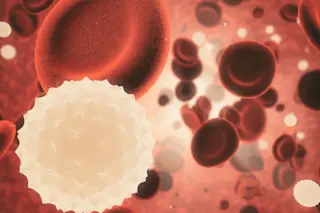Researcher Ben Maoz was on a walk with hand surgeon Amir Arami when Maoz had an idea. He says that Arami, his friend and colleague, was lamenting that about half of his patients endure permanent loss of sensation after trauma to the nerves or skin of the hand. Maoz, a faculty member in the Department of Biomedical Engineering and the School of Neuroscience at Tel Aviv University, thought he could use his lab’s technology to develop a solution. “I said, 'Okay, challenge accepted,'” Maoz says.
The result, published in the June 2021 issue of ACS Nano, could transform the lives of trauma patients around the world. In a proof-of-concept study, Maoz and his colleagues showed that a tiny, implanted sensor, fabricated from biocompatible materials, restored a sense of touch in the hind feet of rats — and suggest it could be used to help restore tactile sensation in patients who ...














